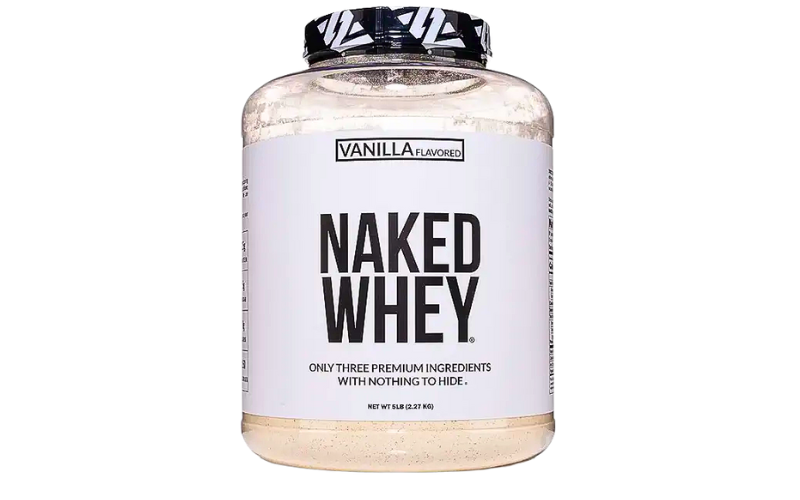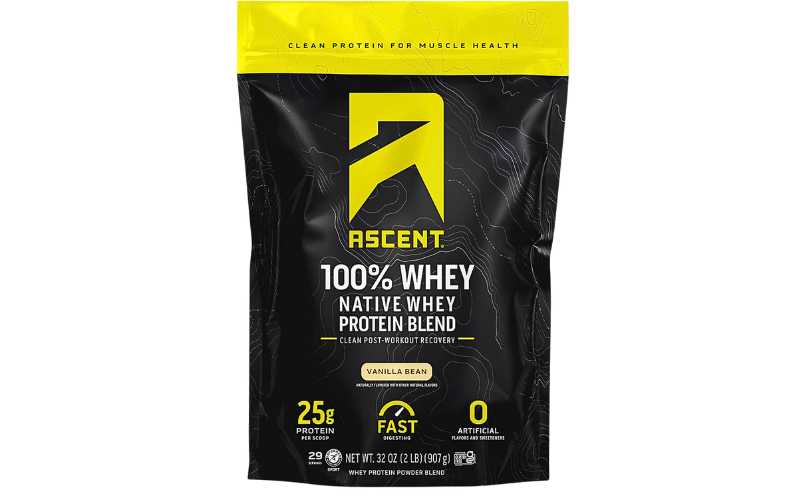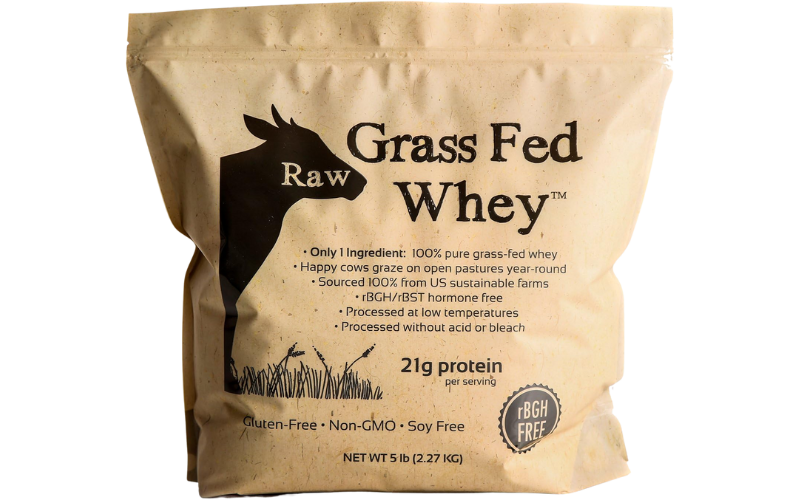Picture this: You’ve just crushed a brutal leg day. Your quads scream like overworked engines, sweat pools at your feet, and the only thing on your mind is collapsing into a chair. But wait—there’s a ritual here. A shake. A ritual you’ve seen everywhere: the post-workout whey protein chug. But does it matter? Or is this just another gym myth sold in a tub? Let’s cut through the fog.
The Alchemy of Sweat and Whey: What Happens When You Feed Muscle
When you lift, you create microscopic tears in muscle fibers. Repairing them requires amino acids—the building blocks of protein. Whey, a fast-absorbing protein, floods your bloodstream with these aminos faster than a steak dinner. It’s not magic; it’s logistics.
“Whey’s rapid delivery acts like a firehose for muscle repair,” says Eugene Thong, CSCS. “But if you’re already eating enough protein? The difference might be marginal.”
Here’s the gritty truth:
- Muscle Protein Synthesis (MPS) peaks within 2 hours post-workout. Whey’s speed amplifies this window.
- Insulin Sensitivity spikes after exercise. Whey’s leucine content triggers insulin release, shuttling nutrients into cells. (This is why it’s compared to sulfonylurea drugs in diabetes management—minus the prescription.)
- 20-40 grams is the sweet spot for most lifters. Less than 17g? Likely underwhelming. Over 40g? Your body might treat the excess as a calorie surplus.
But here’s the catch: If your diet’s already rich in eggs, chicken, or Greek yogurt, whey’s benefits shrink. Supplements fill gaps; they don’t rewrite biology.
Who Wins (And Who’s Wasting Money) With Whey
Skip It If:
- You eat whole foods religiously. (Casein or soy might suit you better.)
- You’re casually active. (A walk + light weights won’t demand whey’s urgency.)
- You hate the bloat or lactose. (Try plant-based proteins.)
Whey Is For You If:
- You’re time-crunched and need quick, no-prep nutrition.
- You struggle to hit daily protein goals (1.6–2.2g/kg of body weight).
- You want rapid recovery between two-a-day sessions.
- You’re a hardgainer chasing every ounce of growth.
The 3-Way Standoff: Top Whey Contenders
Disclaimer: You’re here to find a whey protein that delivers real results, and I’m here to help. If you grab one through my Amazon affiliate links, I may earn a small commission—no extra cost to you, and all the Amazon perks still apply. Just a little kickback for doing the research so you don’t have to. Fair deal? Now, let’s fuel those gains.
The Naked Truth: Pros vs. Cons
| Pros | Cons |
|---|---|
| Rapid absorption for MPS boost | Can cause digestive issues (lactose woes) |
| Satiating (curbs post-gym hunger) | Overpriced if you don’t need convenience |
| Versatile (shakes, oats, pancakes) | Environmental cost of constant packaging |
How to Choose: A No-BS Guide
- Check Your Diet First: If you’re hitting 1.6g/kg protein daily, save your cash.
- Timing > Obsession: “Post-workout is ideal, but total daily intake matters most,” notes Charles Damiano, B.S. Clinical Nutrition.
- Flavor vs. Function: Hate chalky shakes? Ascent’s your MVP. Prioritize purity? Go Naked.
[👉 Check Current Prices on Amazon] Disclaimer: This is my Amazon affiliate link—you don’t pay a penny more, still snag all discounts, and you’ll help support my work (I may earn a small commission). Think of it as a little something for doing the heavy lifting on research. Fair deal?
The Final Rep: Realistic Expectations
Whey isn’t a golden ticket. It’s a tool. For the time-starved lifter, it’s gasoline on muscle-building flames. For the weekend warrior? Maybe just another expense.
Remember: Your muscles don’t care if it’s whey or wagyu. They care about amino acids, rest, and consistency. So ask yourself: Does this fit my grind—or just my gym bag?
Your next move, gentlemen:



